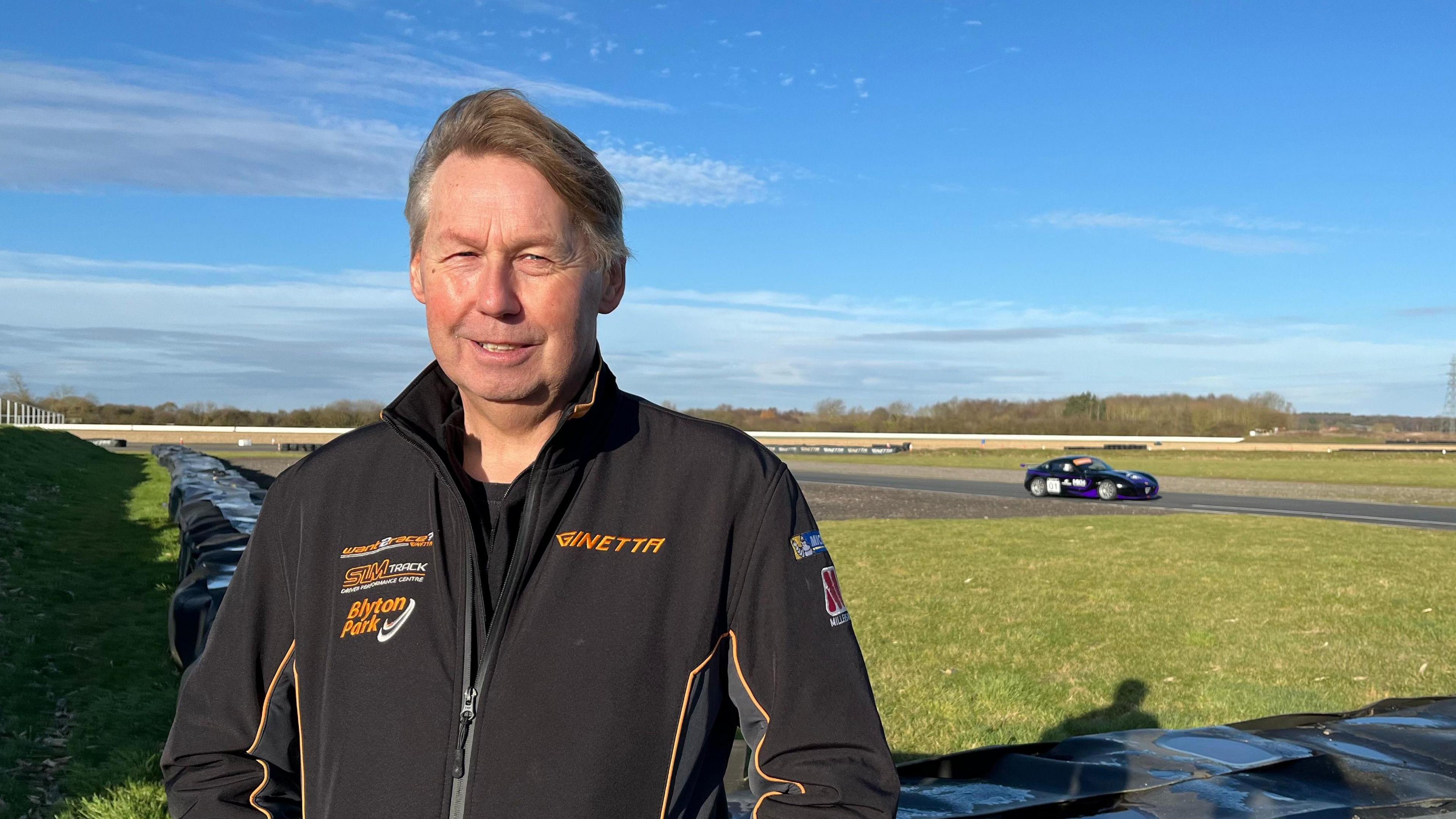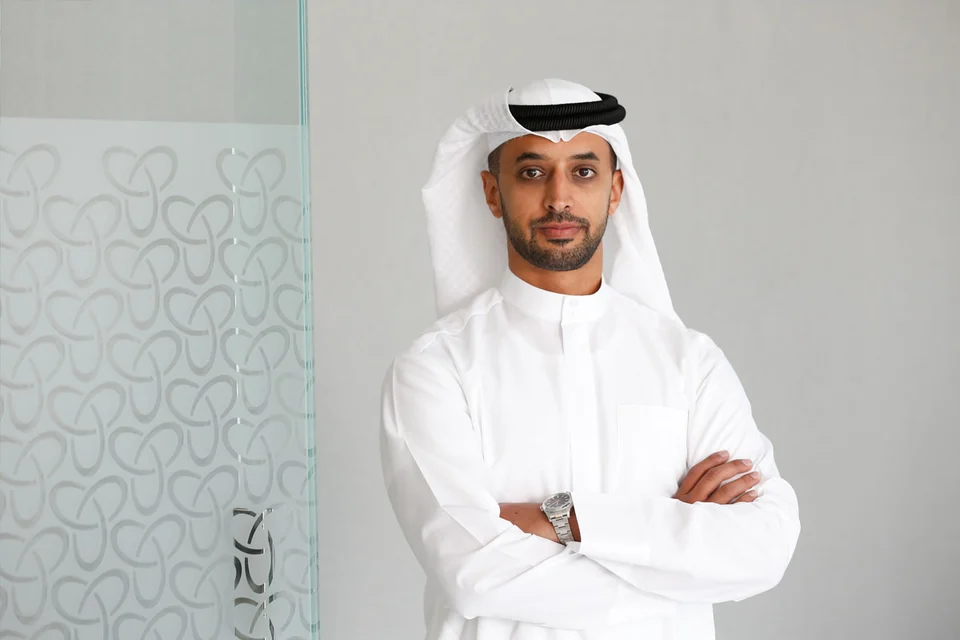
Many people prepare instructions and important information for their families in the event of their sudden passing. For Daniel Stenberg, this includes the passwords to his Google and GitHub accounts. This is because he is the founder of curl, an open-source internet transfer engine with billions of downloads used to transfer data between computer servers.
Originally released by Mr. Stenberg in 1996, curl is now used by millions of people every day. Ensuring someone can maintain curl when he is no longer involved is critical. “I just want to make sure that everything is in place so that the day I’m gone, someone can take over,” Mr. Stenberg said.
This is a problem that plagues many of the open-source software pioneers who changed the technology world in the 1990s and early 2000s. Their philosophy was that anyone could contribute to the development of open-source applications or operating systems, and that the software and underlying code could be used, modified, and distributed for free. The open-source movement broke the monopoly of large tech companies, spurred innovation, and underpins today's technology landscape.
In 1999, Loris Degioanni made his first contribution to an open-source network analysis tool that would eventually become Wireshark, as part of his master's thesis. “My concern at the time was graduating,” he said, rather than succession plans or the long-term future of the project. Nearly 30 years later, Mr. Degioanni is now the CTO and founder of the cybersecurity company Sysdig, a major sponsor of Wireshark. “We’re getting to the period where the founders of these early open-source projects are starting to get old,” he said.
While projects have their ups and downs, he explained that some projects remain relevant over the years, and founders often want to ensure they can continue if there is a need. This is not only because of the time they invested in developing the code itself, but also because they have fostered a community, whether virtual or real-world. But while people like Mr. Stenberg and Mr. Degioanni can take steps to ensure that the keys to the kingdom are passed down, ensuring that there is someone to pass those keys to can be a challenge.
Many in the open-source community worry that there are not enough young developers willing to get involved in project contributions or maintenance. After all, it is often unpaid work. Even Linus Torvalds, the creator of Linux, who launched the open-source revolution in the early 1990s, noted at the European Open Source Summit in September that "kernel maintainers are aging."
Amanda Brock, CEO of OpenUK, a non-profit organization representing the UK’s open-source technology community, said that younger developers may not understand the control that closed software companies had in the early decades. “The next generation is not as engaged in charitable and volunteer communities in the same way, at the same scale.”
There are also technical hurdles that need to be addressed. Many critical open-source projects were originally written in C, a programming language first developed in the early 1970s. Mr. Degioanni explained that while universities still teach C, it is no longer widely used in the commercial sector. “The fact that C is the primary language makes it more difficult to attract the younger generation.”
There are ways to address this. Mr. Degioanni said that both Wireshark and another project he founded, Falco, rely on "plugins," which make it possible to write new features using different languages. Mr. Torvalds has agreed to include Rust as a programming language for Linux, noting that “the Rust versus C discussion has become almost religious in some areas.”
When guiding projects into the future, leaders and maintainers can choose to transfer control to a foundation. For example, the Cloud Native Computing Foundation oversees 208 projects with more than 250,000 contributors. Wireshark has its own independent foundation, of which Mr. Degioanni is a board member. Not everyone agrees with the foundation model. Mr. Stenberg and his collaborators have kept curl completely independent. “I’m better off not being in their community, but running my own,” he said.
He also pointed out that foundations still face the issue of ensuring there is a constant stream of new developers to keep projects vibrant. Ms. Brock said that the open-source community must consider how to encourage young people to get involved. It's about showing that, while being a contributor can be challenging, it can also boost careers, providing young people with an entry point into a mature ecosystem and the opportunity to hone and highlight their technical skills. “It's a way to help STEM talent grow,” Ms. Brock added. “Because people can work from home in the UK or wherever they are.”
Mr. Degioanni is more optimistic. He said that even if the "visceral passion for the concept of open source may have diminished," the fundamental idea of being able to modify software is now a given. He continued, “I’ve been doing open source my entire life. I’ve created my own projects. I’ve seen people join projects I created. I’ve seen people start their own open-source projects.”
Ultimately, he said, the "joy, especially for young people" of creating software, seeing it used, and inspiring a community exists. “That feeling is not going out of style,” he said. Even as the pioneers who promoted the earliest open-source projects are growing old.



















